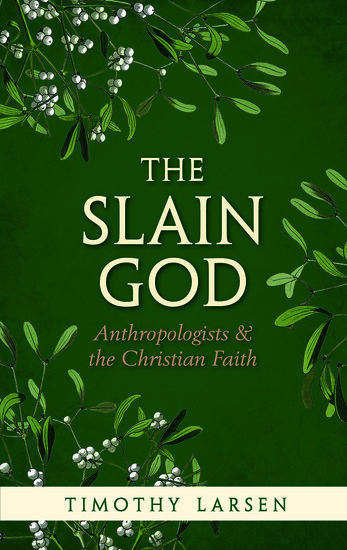Genomically speaking
Today, the amount of global genetic data is doubling on the order of every seven months. This time span has shortened significantly over the past years as the field of genomics continues to mature. A recent study showed genomics is starting to compete with the data outputs of digital giants like Twitter and YouTube.









